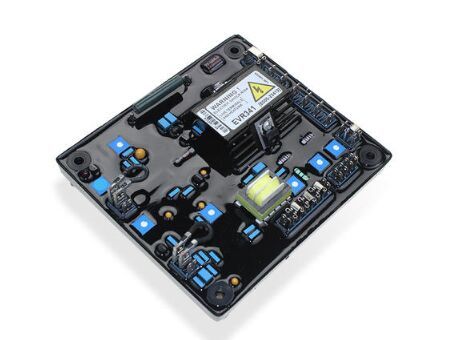The three-terminal positive voltage regulator is made with planar epitaxial technology. This series of regulators have internal current limiting, overheating protection, and safe area compensation functions, so that they are hardly damaged. If proper heat dissipation is provided, they can provide output current above 1A.
Output voltage: How much V can the output voltage of the regulator be stabilized at
Linear adjustment rate: This parameter is a parameter describing this change. Obviously, the change in output voltage is as small as possible, usually a few millivolts.

Load regulation rate: When the load changes, the output voltage will change accordingly. Generally, the heavier the load, the output voltage will decrease, and the lighter the load, the output voltage will increase. The load adjustment rate is a quantity that reflects this change.
Quiescent current: It is a very important parameter for linear regulators. This current is necessary for driving the high-power regulator. It does not flow to the load, but directly to the ground. Therefore, the smaller the current, the better. The size of the quiescent current is related to the load.
Quiescent current change: The size of the quiescent current is related to the size of the load, so how much does the quiescent current change when the load changes?
Output noise voltage: The output noise voltage of the three-terminal regulator block is some high-frequency noise (low-frequency noise is attenuated)--low-frequency pure sine wave inverter
Ripple rejection ratio: The low-frequency circuit does not need to care about this parameter, but the high-frequency circuit is very important. The higher the frequency, the smaller the ripple rejection ratio is generally.
Voltage drop: The three-terminal regulator blocks are all step-down, and the difference between the output voltage and the input voltage is the voltage drop. The voltage drop is as small as possible because it is related to power consumption.
Output reactance: It is also a parameter related to frequency. The higher the frequency, the higher the output reactance.
Short-circuit protection current: If the load current is greater than this current, the over-current protection circuit is activated and the output voltage will drop rapidly.
Peak output protection current: the current that the load cannot reach even momentarily. If it is greater than this current, the overcurrent protection circuit will start and the output voltage will drop rapidly.
The minimum input voltage required to maintain output: In order to ensure output performance, the input voltage must be greater than this value.
Normal working temperature: Determine its own temperature according to the load. The higher the load current, the higher the temperature, and vice versa. The temperature range is 0-125 degrees Celsius.
There are only so many main parameters of the three-terminal positive voltage regulator. They are all very simple parameters. The more detailed you know, the better.
The three-terminal positive voltage regulator is mainly used as a fixed voltage regulator in a wide range of applications, including local (onboard) regulation to eliminate interference problems caused by single-point regulation. In addition to being used as fixed voltage regulators, these devices can also be used with external components to obtain adjustable output voltage and current.